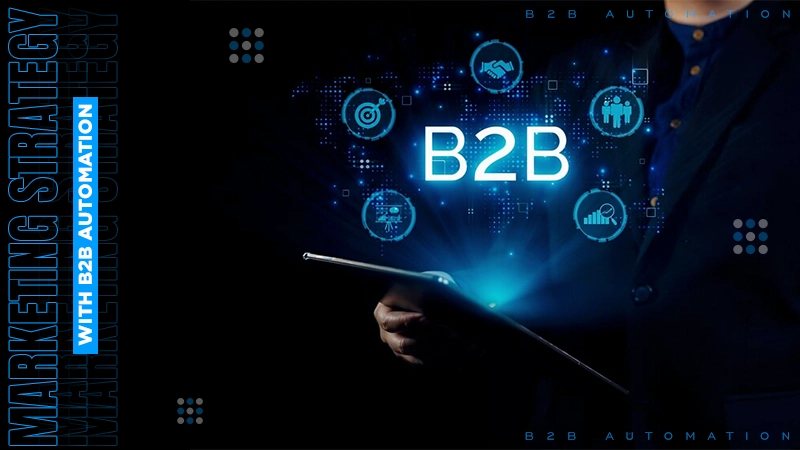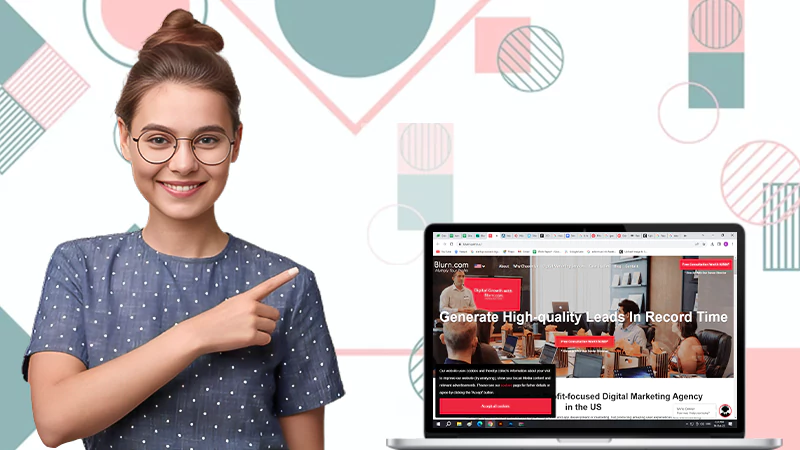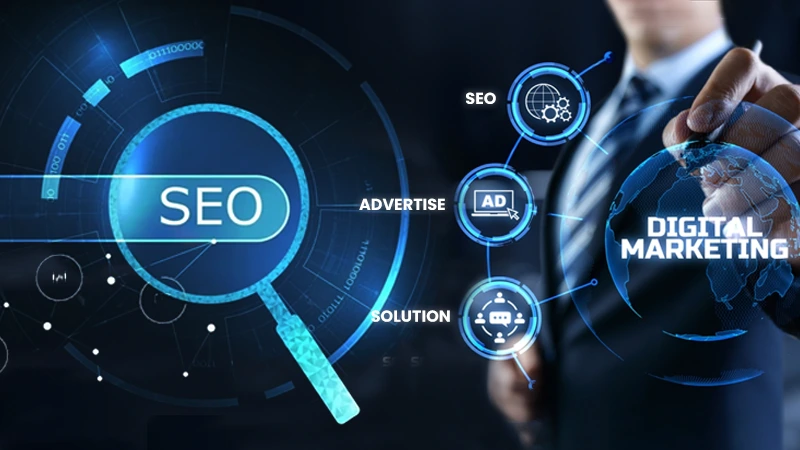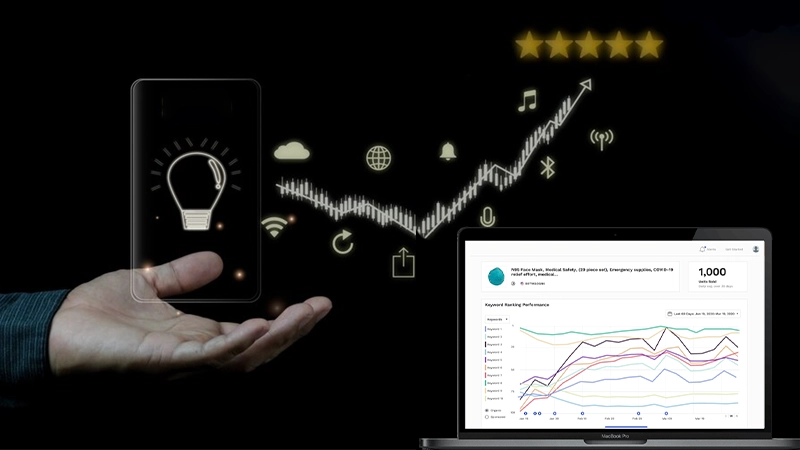How to Use Audience Intelligence to Plan Your Marketing Campaigns?
Selling from conviction involves possessing a deep understanding of your customers’ problems that surpasses that of any other competitor. This understanding then becomes the foundation for providing exceptional value through your product or service offering. Instead of simply trying to convince customers why they need what you’re selling, you leverage this unique insight to address their specific pain points effectively.

As per audience first digital agency like Reise Digital to gain a profound understanding of your customers’ perspectives, audience intelligence serves as a powerful tool. Audience intelligence involves acquiring comprehensive knowledge about your target audience, including their preferences, behaviors, and pain points. It enables you to identify their specific needs and tailor your approach accordingly. With audience intelligence, you can anticipate and proactively address their concerns, creating a personalized experience that resonates with them deeply.
By aligning your product or service offering with your customers’ unique challenges and desires, you differentiate yourself from competitors who rely on generic sales pitches. Selling from conviction and utilizing audience intelligence as a guiding force allows you to forge meaningful connections, exceed customer expectations, and ultimately drive long-term success for your business.
What is Audience Intelligence?
Audience intelligence refers to the comprehensive understanding of a target audience’s characteristics, preferences, behaviors, and needs. It involves gathering and analyzing data from various sources to gain valuable insights into the audience’s demographics, interests, purchasing habits, and online behaviors. The importance of audience intelligence lies in its ability to inform and guide marketing strategies effectively.
By having a deep understanding of the target audience, marketers can:
Personalize Marketing Efforts
Audience intelligence allows marketers to create highly targeted and personalized campaigns tailored to the specific needs and preferences of their audience. This personalized approach increases engagement and conversions.
Improve Campaign Effectiveness
With audience intelligence, marketers can optimize their marketing channels, content, and messaging. They can identify the platforms and tactics that resonate most with their audience, resulting in more impactful and successful campaigns.
Enhance Customer Experience
By understanding their audience’s pain points, marketers can deliver relevant and valuable solutions, improving the overall customer experience. This leads to increased customer satisfaction, loyalty, and repeat business.
Drive Better Decision-making
Audience intelligence provides data-driven insights that help marketers make informed decisions. It enables them to allocate resources effectively, target specific segments, and identify emerging trends and opportunities.
Stay Ahead of Competitors
Understanding your audience better than your competitors gives you a competitive advantage. Audience intelligence allows marketers to identify gaps in the market, uncover unmet needs, and develop innovative strategies that set them apart from the competition.
Boost Marketing with a Holistic Purview
In today’s highly competitive business landscape, understanding your customers is the key to effective marketing. One powerful tool that can supercharge your marketing efforts is audience intelligence. By harnessing the power of audience intelligence, marketers can gain valuable insights into their target audience’s preferences, behaviors, and needs. This knowledge allows for the creation of highly targeted and personalized marketing campaigns that resonate with customers on a deeper level. In this article, we will explore how to effectively use audience intelligence to drive successful marketing campaigns.
Identify and Define Your Target Audience
The first step in utilizing audience intelligence is to identify and define your target audience. Start by gathering data on demographics, such as age, gender, location, and income level. Then, dig deeper to understand their interests, online behavior, and purchasing habits. This information will lay the foundation for your audience intelligence strategy.
Gather Data from Multiple Sources
To build a comprehensive picture of your target audience, gather data from multiple sources. Utilize social media analytics, website analytics, customer surveys, and market research reports. By combining data from various channels, you can obtain a more accurate and holistic view of your audience.
Analyze and Segment Your Audience
Once you have collected the necessary data, it’s time to analyze and segment your audience. Look for patterns, trends, and common characteristics among your customers. This process will help you create distinct audience segments based on shared interests, preferences, or behaviors. By segmenting your audience, you can tailor your marketing messages and offers to specific groups, increasing the effectiveness of your campaigns.
Create Personalized Content and Messaging
Armed with audience intelligence, you can now create highly personalized content and messaging. Craft marketing campaigns that speak directly to the unique needs and desires of each audience segment. Personalization goes beyond simply using a customer’s name; it involves understanding their pain points and providing relevant solutions.
Optimize Marketing Channels and Tactics
Audience intelligence also helps you optimize your marketing channels and tactics. By understanding which platforms your target audience frequents and which types of content they prefer, you can allocate your resources effectively. For example, if your audience spends more time on social media, focus on creating engaging social media campaigns. Continuously Monitor and Refine
Audience intelligence is not a one-time effort but an ongoing process. Continuously monitor and analyze the performance of your marketing campaigns. Track key metrics, such as conversion rates, click-through rates, and engagement levels. Use this data to refine your strategies and make data-driven decisions for future campaigns.
Conclusion:
There is a famous story that circulates in social media about the exceptional service that is offered by luxury car brands. It goes like this – A family complains that the engine of their car does not start whenever they order ice creams. The mechanic from the company found the issue strange but tried to verify it. He observed that whenever the family ordered the plain vanilla company, the ice cream shop served it immediately and the family was in and out through the drive-in.
However, whenever they ordered other flavors, the car engine was stopped as the shop would take some time to deliver. And there were issues when restarting. Soon the problem was fixed. The fact that the company did not ignore the issue as frivolous or unimportant caught the imagination of the consumers and the story helped increase sales. When consumers’ pain points are addressed, brands will find themselves selling more.
Follow Us
Latest Post
















